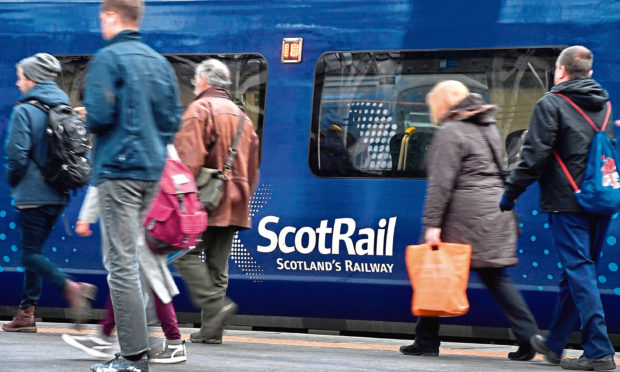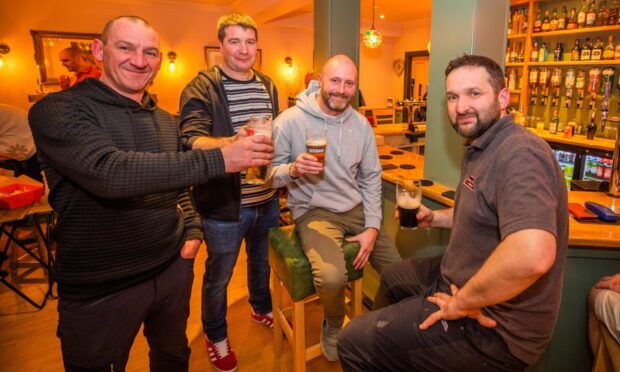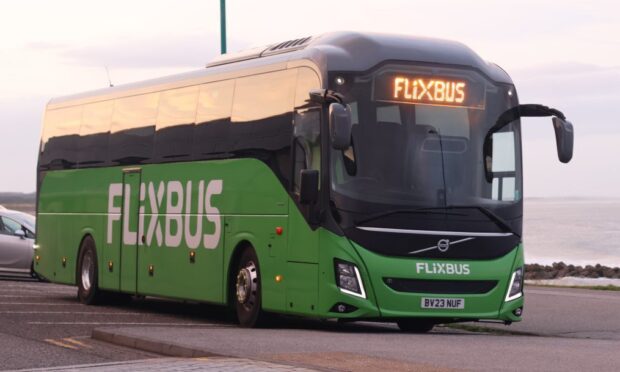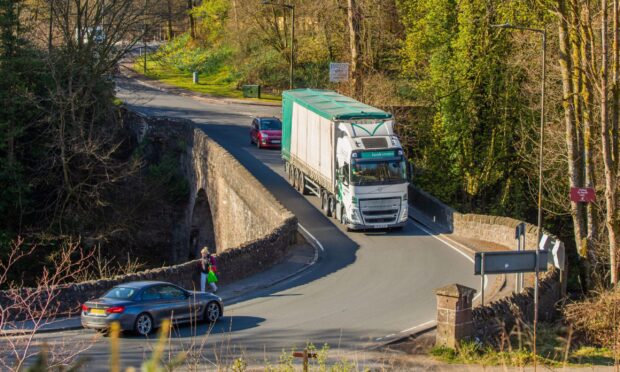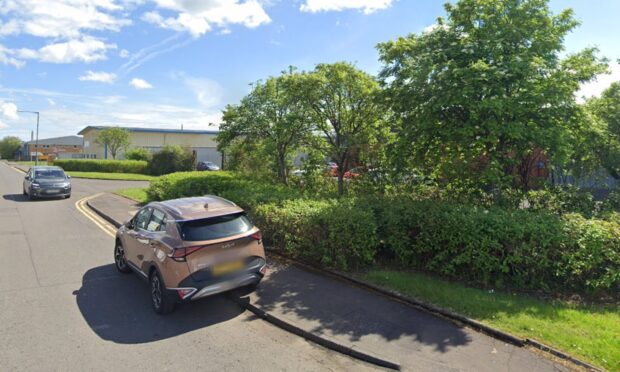Tayside and Fife commuters will have to fork out even more for train tickets as of 2020 after ScotRail announced another hike in ticket prices.
The firm’s regulated peak fares will increase by 2.8% from January 2 next year.
The increase, which will apply to season tickets and anytime singles and returns, is determined by the July 2019 Retail Price Index (RPI), which stands at 2.8%.
It is used to set the rate of increases on ScotRail services, with regulated ScotRail peak fares capped at the level of the RPI.
Regulated off-peak fares are capped at 1% below RPI and will therefore rise by 1.8%.
ScotRail commercial director Lesley Kane said the Scottish Government decides how much passengers pay for fares.
“Eighty-five per cent of our revenue comes from fares set by the Scottish Government, which decides how much our customers pay,” she said.
“The money generated from fares is reinvested back into Scotland’s railway, including £475 million under Abellio in new and upgraded trains and improved punctuality, so that we can give our customers the service they expect and deserve.”
A Scottish Government spokeswoman said although a fares increase is unwelcome, moves to cut or freeze fares would hit the public purse.
“We are committed to ensuring that rail fares are affordable for passengers and taxpayers across Scotland,” she said.
“We have capped increases where we have influence, making fares 20% cheaper on average than in the rest of Great Britain.
“While any fare increase is unwelcome, calls for measures such as fares cuts or a fares freeze underestimate the impact of these on the public purse.
“Two-thirds of the cost of running the railway is already met through Scottish Government subsidy, with the remainder through rail passenger revenues.
“Any change to rail fares could therefore have a significant impact on the taxpayer.”
RMT general secretary Mick Cash said: “Yet another rail fare hike is a kick in the teeth for the UK’s rail passengers, who are already paying over the odds to travel on overcrowded, clapped out and unreliable trains.
“This is just corporate welfare for the greedy train companies on an industrial scale.
“Privatisation is at odds with an affordable and sustainable rail network – we need a publicly owned and nationally integrated railway now.”
